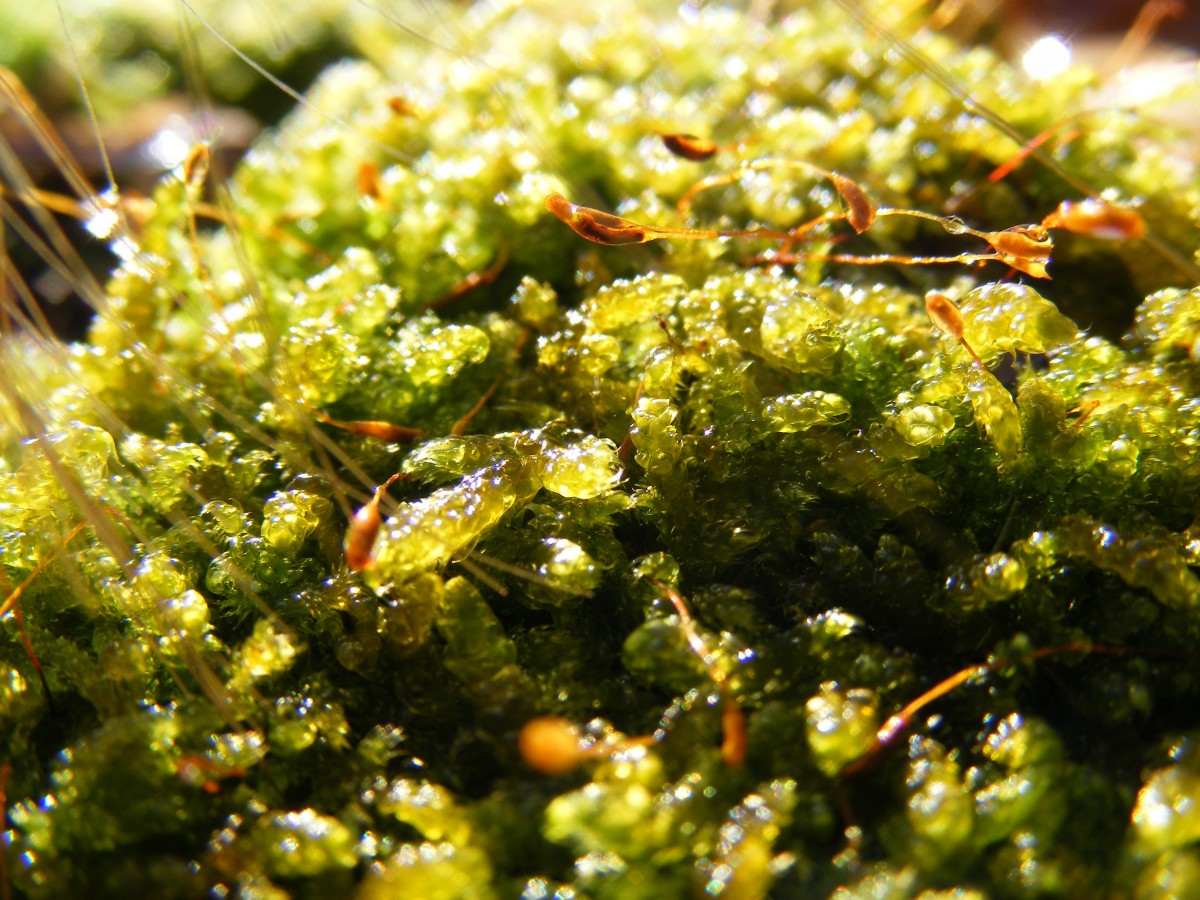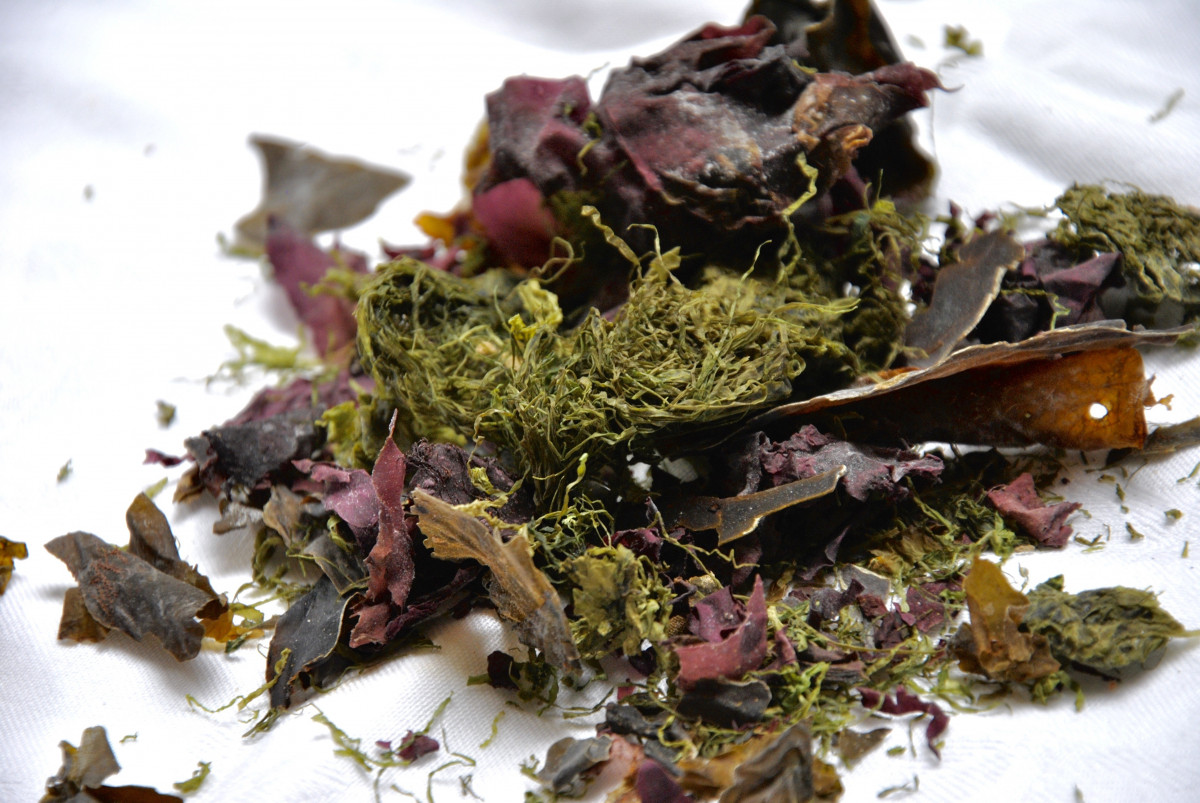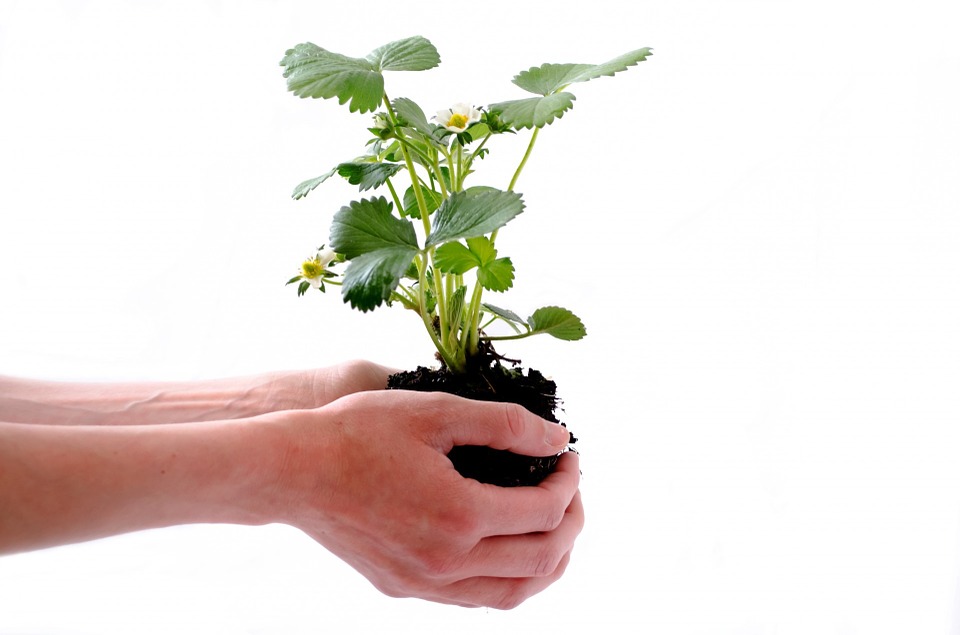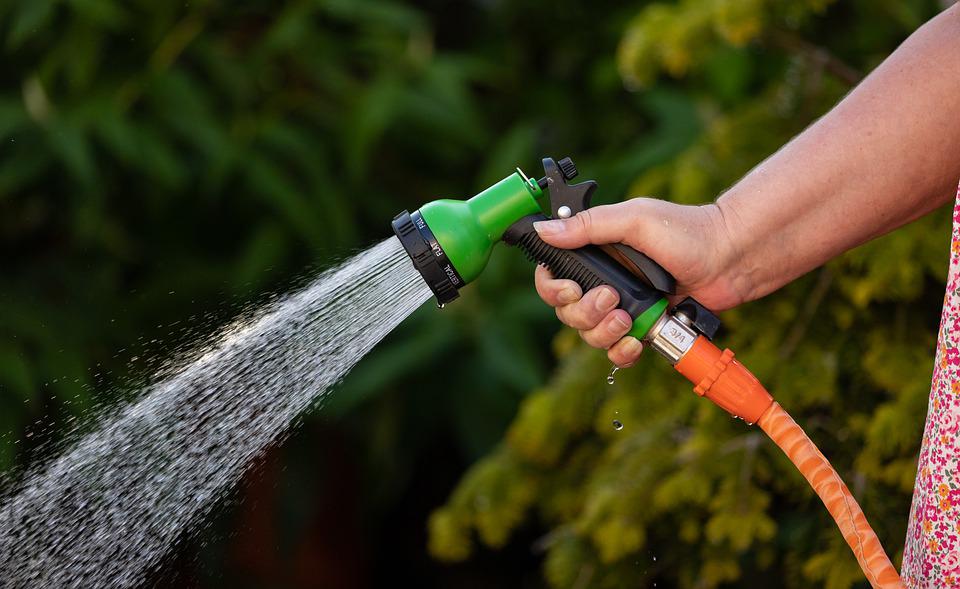2 Steps to Use Seaweed as Fertilizer
Contents
– Focus on the use of seaweed in agriculture
– Step 1: Harvest seaweed in the spring and use it as a fertilizer in the fall
– Step 2: Harvest green or red seaweed for quick application
Seaweed washed up on the beach is an interesting source of natural fertilizer for seaside dwellers. Farmers used it to fertilize their land, as a food supplement for animals or as fuel, mixed with cow dung to make up for the lack of wood. Used anecdotally after the Second World War, they are now enjoying a revival of interest, especially as soil improvers, growth stimulators or elicitors.
Here is how to use seaweed as a fertilizer.
Focus on the use of seaweed in agriculture
To use seaweed as a fertilizer, it is necessary to know which ones to choose, the spreading period, and the composting time before spreading and not to salt the arable land.
Good to know: sea salt is toxic for plants and causes soil destruction (crusting).
The different seaweeds
Brown seaweed – often with an olive green tint when fresh – can be seen at low tide on the rocks, especially in Brittany. They are essentially composed of the following:
– the black seaweed, also called “knotty seaweed” (Ascophyllum nodosum) – seaweed in round strips with swellings filled with gas (aerocysts) and short ramifications, swollen at the ends in a period of reproduction;
– bladderwrack (Fucus vesiculosus) – flat ribbon algae with clear gas-filled vesicles on either side of a central vein;
– Laminaria (Laminaria Digitata) – flat algae, forming long gelatinous ribbons up to 4 m long;
Good to know: very rich in iodine and alginates, kelp was harvested in the past in small quantities to avoid “burning” the soil with iodine.
– the serrated kelp (Fucus serratus) – flat seaweed, serrated on the edges.
Brown seaweeds, except for the kelp, are threatened for various reasons, probably linked to imbalances such as green tides (green seaweed outbreaks caused by agricultural pollution), intensive grazing by limpets (shellfish also called “Chinese hat”), global warming…
Important: Removing brown seaweed is forbidden; only cutting at 30 cm from the anchorage point or collecting from the sea line is allowed.
Green seaweed, such as Ulva, considered pollution on Breton beaches, are rich in iodine, potassium, calcium, magnesium and sulphur. It can also be used as fertilizer.
Agronomic contributions of seaweed
Seaweed enriches the soil with easily decomposable organic matter (70% of its weight). They are both an amendment that improves the soil structure and a fertilizer. In addition, to trace elements (iron, iodine, zinc, manganese, nickel, copper…), they contain mineral salts:
– nitrogen – 2 %;
– potash – 2 to 3 %;
– phosphorus – 0,3 %;
– calcium – 2 %;
– magnesium – 1 %;
– sulphur – 1 to 8%;
– sodium – 5%.
Algae also improve the soil’s ability to retain water thanks to alginates (contained in large quantities in bladderwrack and kelp), favouring soil microbial life. They synthesize phytohormones that act as growth activators by increasing the root volume. Finally, as elicitors, they stimulate the defence mechanisms of plants against aggressors and stress (cold, hail, drought…).
Seaweed-based products for the garden
Several seaweed-based products are part of the gardener’s toolbox:
– the brown seaweed Ascophyllum nodosum is offered in powder form to be used as a bottom dressing instead in the fall; it stimulates soil life and provides plants with many trace elements, vitamins and major NPK elements (2-2-0.2) and minor elements such as calcium, sulphur and magnesium; the dose is 50 g/m²;
– green algae powder is incorporated into the soil every 2 years in the fall;
– fertilizing solutions called “liquid seaweed” or “seaweed serum” is made from fermented seaweed juice; they are sometimes converted into powder; rich in potassium, calcium and magnesium, they also contain nitrogen, phosphorus, growth hormones, amino acids, natural antibiotics and enzymes; These solutions can be used as a foliar spray or mixed with water to stimulate growth, green up the foliage and increase resistance to diseases, especially in spring.
These juices can also be used as “wetting agents” to facilitate the absorption of other treatments, such as sulphur.
– Foliar fertilizers based on single-celled living algae are also available on the market;
– Lithothamnion (Phymatolithon calcareum) is a calcareous seaweed, fished off the coast of Florida, which is used in particular to raise the pH of acidic soils while providing a cocktail of trace elements and magnesium; it is applied in winter at a rate of 40 to 60 g/m² every 2 to 3 years.
1. Harvest seaweed in the spring and use it as fertilizer in the fall

Bladderwrack and kelp are large, thick brown seaweed that should be composted before spreading.
– Harvest brown seaweed in April-May from the beach.
– Form windrows (piles) of 50 to 100 cm maximum height in a low spot of the garden and let it sit for a few months so that the rains rinse it and remove the sea salt.
Tip: you can mix the piles of seaweed with manure to balance the final compost.
– Then, in the fall, spread the seaweed with a fork on the cultivable plots at the end of the harvest, not exceeding 20 to 30 tons/ha, or 2-3 kg/m². Incorporate them superficially or leave them on the surface as a “mulch”.
– Then, use the grelinette to carry out your plantations or seedlings.
Important: to balance the contribution of brown algae rich in potassium (K) and trace elements, add nitrogenous fertilization (ground horn, nettle, manure…).
2. Harvest green or red algae for quick spreading
It is also possible to collect green or red algae and use them quickly in the garden. For example:
– You can spread green seaweed such as sea lettuce (Ulva Lactuca), valued for its magnesium content, only after a few rinses with rainwater. Use them as mulch less than 5 cm thick at the foot of flowering shrubs and fruit trees.
Important: when large quantities of sea lettuce (Ulva armoricana) rot on the beach, the hydrogen sulphide fumes become a health hazard.
– If you have collected a mixture of red seaweed, Ascophyllum nodosum and some kelp in a bucket while walking on the beach, put them in a large tub of water for a few days until an excellent tidal odour emanates from the water.
– Spray this invigorating solution on the foliage or pour it on the seedlings without drowning them: it keeps away aphids and mites and protects the leaves from mildew or botrytis.
The seaweed serum offered for sale is based on the same principle, except that it is fermented before being dried and ground into a powder for easier use.
– In winter, you can harvest fine green and red seaweed, then spread them immediately on plots intended for the cultivation of potatoes, beets or fruiting vegetables (tomatoes, zucchini…), greedy in potash. You will bury them lightly in the spring, during the sowing or on the plantation.
Equipment needed to use seaweed as fertilizer
Fork
Grelinette
Bucket


